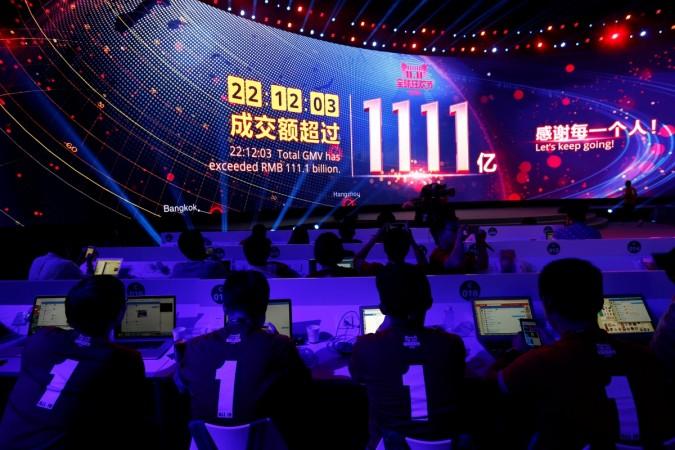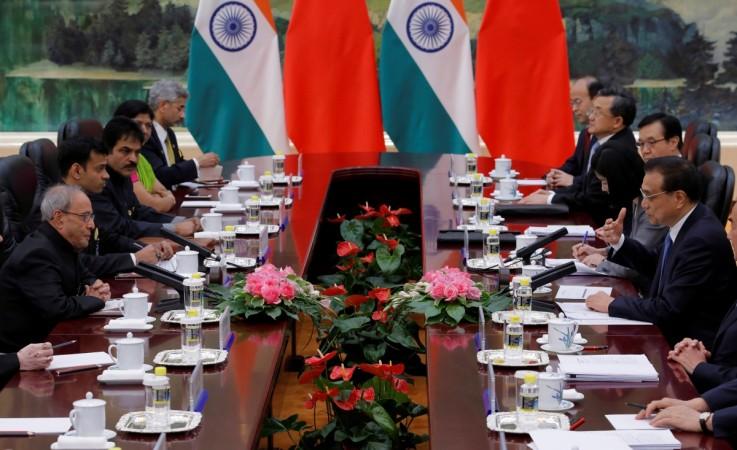
China seems to have reconciled to not only low growth rate for the current year in comparison to its ambitious neighbour India, but also is not keen on accelerating the pace in 2017. While the world's second-largest economy is likely to post around 6.5 percent growth rate in calendar year 2017, India is aiming for 7 percent, notwithstanding demonetisation blues.
Read: World's fastest-growing economy sees wild fluctuations in foreign exchange reserves
In an article on Saturday aptly titled "China can 'say goodbye to more rapid growth in 2017,'" the Hong Kong-based South China Morning Post (SCMP) said that three factors would pin down China in 2017 — property slowdown, financial fragility and a hostile trade environment expected from the administration of US president-elect Donald Trump.
The conscious effort to check "asset bubbles in the housing sector that was driving growth in a big way and simultaneous measures to clear 'housing inventory' in smaller cities would impact overall growth in 2017," the SCMP artcicle said.
"The decline in the property market is a double blow to both consumption and investment," the author of the SCMP article quoted Guotai Junan Securities chief economist Lin Caiyi as saying.
Earlier, Bloomberg had quoted a source last week in the context of President Xi Jinping telling a meeting of Communist Party of China's (CPC) economic and financial group that the country is not necessarily up to "6.5 percent" growth rate, a far cry from the decision earlier in the year that aimed for 6.5 percent growth rate from 2016 to 2020.
Mood in India upbeat
On the other hand, India has been growing at about 7.3 percent over the past five-six quarters, though economists are of the view that the slowdown induced by Prime Minister Narendra Modi's demonetisation decision would hurt growth for 3-4 quarters beginning December 2016.
But Finance Minister Arun Jaitley cited buoyancy in tax collection figures to claim that the economy has expanded despite demonetisation, though some sectors were hit.
"Of course there would be areas which would be adversely impacted, but what was predicted by the critics has to have rationale with the revenue collection. Assessment can be unreal but revenue is real. And therefore many of these indicate that now with the critical part of the remonetisation already behind us, and there being significant impact in large number of these areas, it should certainly be much better in the weeks and months to come than it was in last six weeks," he said on Thursday.
With president-elect Donald Trump's hawkish stance on trade relations with China, a weak global economy and reluctance to drive growth via debt, the country is unlikely to post high growth rates as in the past.

In terms of size, the two countries are poles apart. The Chinese economy is about $12 trillion, dwarfing India's approximately $2 trillion, according to IMF's World Economic Outlook 2016.
India is hoping for slowdown blues to fade away over a period of time and expecting a fillip to business activity as the currency crunch eases and more transactions go digital, adding to the formal economy.














